Regional and business aircraft maker Embraer has released details and images of four concept aircraft as starting points for all-new sustainably-powered passenger planes, reports Tony Harrington. Simultaneously, a new partnership has been formed in the UK to progress the conversion of existing Britten-Norman commuter planes from fossil fuels to zero-emission hydrogen propulsion. Embraer said its new Energia aircraft family would range from nine to 50 seats, fly between 200 and 500 nautical miles, or 370-926 kilometres, and be powered by four different, rear-mounted propulsion systems. The intention is to offer them progressively between 2030 and 2040, as technology becomes available. In contrast, Project Fresson, a collaboration between Britten-Norman and Cranfield Aerospace Solutions to retrofit existing regional aircraft with hydrogen fuel cell technology, has been broadened through a new partnership with Isles of Scilly Steamship Group, which owns UK regional airline Skybus, and wants to transition to zero-emission flights. Meanwhile, hydrogen-electric aviation pioneer ZeroAvia has announced a slew of new collaborations, including with Alaska Air Group.
“With 50 years’ experience in developing, certifying and supporting regional aircraft, Embraer is in a unique position to make viable the introduction of new, disruptive green technologies,” said Arjan Meijer, CEO of Embraer Commercial Aviation.
Luis Carlos Affonso, Embraer’s SVP Technology and Corporate Strategy, reported the Energia family of aircraft would provide an important platform for defining future low or no emission models. “We see our role as a developer of novel technologies to help the industry achieve its sustainability targets,” he said. “There’s no easy or single solution in getting to net zero. New technologies and their supporting infrastructure will come online over time. We’re working right now to refine the first airplane concepts, the ones that can start reducing emissions sooner rather than later. Small aircraft are ideal on which to test and prove new propulsion technologies so that they can be scaled up to larger aircraft.”
The first of the new concept craft, the nine-seat Energia Hybrid (E9-HE), would be offered from 2030. Embraer said this hybrid-electric aircraft, powered by two rear-mounted engines with front propellers, would emit 50% less CO2 when used with Jet A1 fuel, and 90% less when operated with sustainable aviation fuel. It would also produce 60% less external noise and have a flight range of 500nm, or 925km, and provide a sustainable option for short haul, low-capacity scheduled flights, corporate or charter operations, emergency services such as medivac, or parcel freight.
Next, from 2035, would be the nine-seat Energia Electric (E9-FE), a fully-electric powered aircraft for short range flights of up to 200 nm, or 370 km. This model, the only high-wing aircraft of the Energia family, would produce no emissions and 80% less noise from its single, tail mounted engine, featuring dual contra-rotating propellers.
Also from 2035 would be Embraer’s 19-seat, hydrogen-electric Energia H2 Fuel Cell aircraft (E19-H2FC), designed to operate with hydrogen fuel cells as a single power source, or as a hybrid-powered plane with batteries or gas turbines. Again, this aircraft, with two rear-mounted electric engines and front propellers, would have a range of 200nm/370 km, suitable for higher capacity short range flights. It would produce no carbon emissions, and 70% less external noise.
The fourth, final and largest model in the Energia family would be the zero emission Energia H2 gas turbine, dual-fuel airliner (E50-H2GT), powered by either hydrogen or sustainable aviation fuel, and with 2040 “technology readiness”. It would seat 35-50 passengers, have a range of 350-500nm, or 650-925km, and be 60% quieter than similar-size conventional aircraft.
Embraer is already well-advanced in its sustainability programmes, having tested drop-in sustainable aviation fuels including sugarcane and camelina plant-derived sources on the E-Jet family of regional airliners, and is aiming to make all of its new aircraft compatible with SAF by 2030. It has also test-flown an electric demonstrator aircraft, a single-engine EMB-203 Ipanema, 100% powered by electricity, and is planning to introduce a hydrogen fuel cell demonstrator by 2025. As well, the company is progressing an all-new turboprop aircraft, which would be both 100% SAF-compatible and designed to accommodate the integration of future hydrogen propulsion technologies. It is also developing a fully-electric vertical take-off or landing vehicle, or ‘air taxi’, to enter service in 2026.
The Energia family would be competing with all-new aircraft programmes, including the yet-to-fly 19-seat ES-19 of Swedish start-up Heart Aerospace. The ES-19 has attracted customers ranging from New Zealand regional airline Sounds Air to United Airlines, which, with regional partner Mesa, has announced plans to acquire up to 200 units. Last year, Airbus revealed its own family of concept aircraft through its ZEROe hydrogen power programme. Additionally, the Energia aircraft would be competing with a growing number of electric and hydrogen retrofit programmes for existing types, such as Britten-Norman aircraft.
Britten-Norman and Cranfield Aerospace Solutions are already collaborating on Project Fresson, a programme to integrate hydrogen fuel cell technology into an eight-seat Britten-Norman Islander aircraft, with a view to reinventing the type as a zero-emission commuter plane with higher passenger payload, lower maintenance costs and a faster path to market than an all-new aircraft. The two organisations have now entered a partnership with Isles of Scilly Steamship Group to progress the introduction of zero-emission flights, possibly by 2025, to the Isles, a popular UK tourist destination.
The Group’s fleet includes the eight-aircraft local airline, Skybus, which operates both eight-seat Britten-Norman Islander and 17-seat DH6 Twin Otters on three short-range routes. Chief Executive Stuart Reid said the company had signed a letter of intent for hydrogen-powered aircraft as part of a dual commitment to support both the destination’s environment and the UK government’s plans to decarbonise air transport.
William Hynett, Chief Executive of Britten-Norman, said: “We wish to bring hydrogen-electric aircraft to the market at the earliest possible opportunity so that we can help drive our customers’ success in the new age of air transport. In striving for a zero-carbon future, it is essential that solutions are practical, affordable and sustainable, and we believe that we are well-placed to help achieve these vital goals in a way that will resonate with our global customers, many of whom seek to protect the outstandingly beautiful places in which they operate.”
Last month, ZeroAvia and Alaska Air Group announced they were to collaborate on developing a hydrogen powertrain for a 76-seat, zero-emission regional aircraft. The partner’s engineers will work together to scale ZeroAvia’s existing powertrain platform to produce the ZA2000, an engine family capable of producing between 2,000 and 5,000 kilowatts of power with a 500-mile range. Initially, the technology will be deployed into a full-size De Havilland Q400 aircraft, previously operated by Alaska subsidiary Horizon Air Industries.
UK and US based ZeroAvia will also set up a location in the Seattle area to support the initiative and Alaska has secured options for up to 50 kits to begin converting its regional aircraft to hydrogen-electric power, starting with the Q400. Alaska has joined Seattle-based Amazon Climate Pledge Fund and Bill Gates’s Breakthrough Energy Ventures as investors in ZeroAvia.
US asset investment platform Rose Cay has also announced its support for the ZeroAvia technology and intends to fund the acquisition of existing aircraft, convert them using ZeroAvia’s hydrogen-electric powertrain system and then lease them to operators worldwide. The deal includes a conditional purchase order for up to 250 engines with deliveries beginning as early as 2024. The two partners said they also intend to develop airport infrastructure projects, with committed offtake agreements, to ensure hydrogen availability.
Earlier this month, ZeroAvia entered into a collaboration with Indian state-owned aerospace and defence company Hindustan Aeronautics (HAL) to develop a Supplemental Type Certificate (STC) to incorporate a 600kW hydrogen-electric powertrain system, the ZA600, into a 19-seat Dornier 228 aircraft. Around 270 Dornier 228 aircraft have been manufactured globally, with 242 currently in service, and the STC would allow retrofit of existing airframes for both Indian military and worldwide operators. HAL also intends to build new aircraft with additional FAA approval, designated Hindustan-228, creating the opportunity to incorporate ZA600 zero-emission engines.
A Dornier 228 based at ZeroAvia’s facility at Cotswold Airport in the UK is being used as the dedicated development platform for the HyFlyer II project, which is progressing the R&D required for the ZA600 powertrain for 19-seat aircraft. The company said it had recently successfully ground-tested the powertrain and reported flight testing using the Dornier 228 would begin “in the coming months to achieve certification and entry into commercial service in 2024”.
ZeroAvia recently held its two-day 2021 Hydrogen Aviation Summit, which can be viewed here.
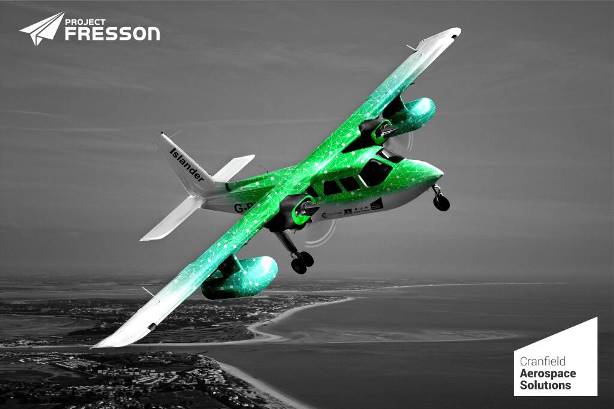
Top image: Embraer’s Energia family of four concept aircraft
Bottom image: The Project Fresson Britten-Norman Islander aircraft


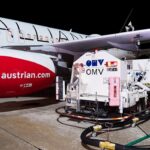
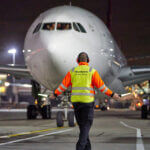
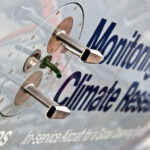


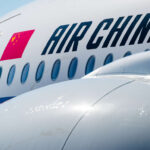
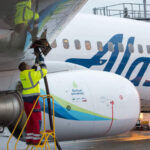
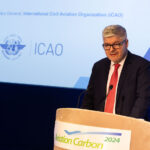
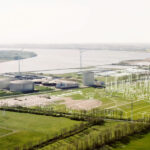
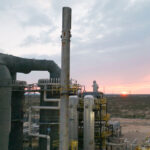
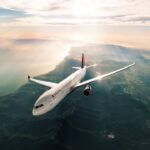
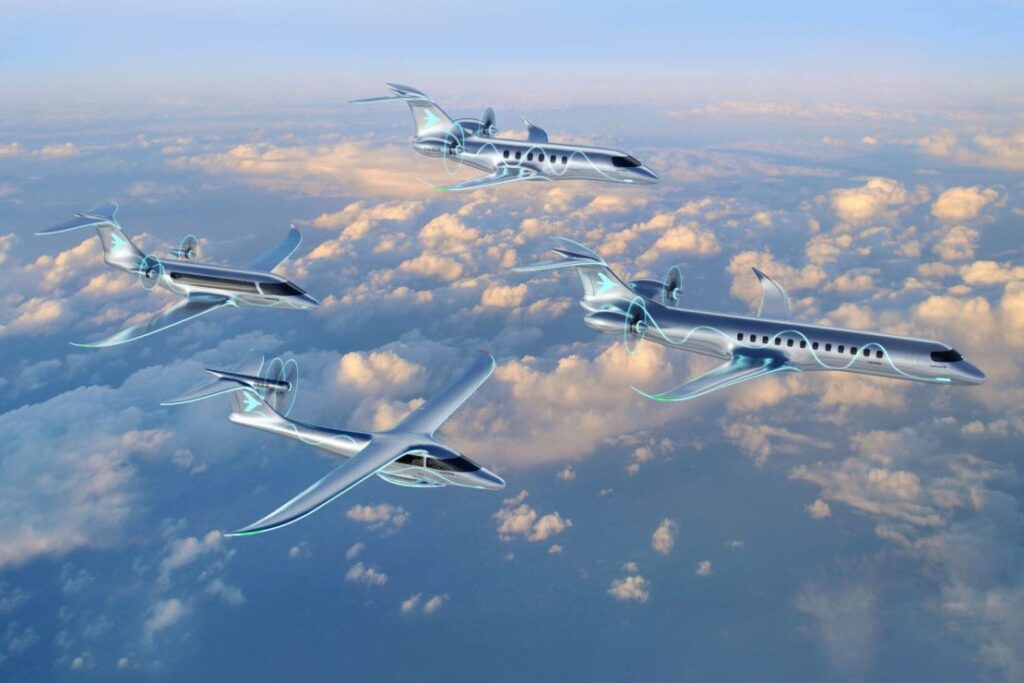

More News & Features
Heart Aerospace unveils full-scale 30-seat hybrid-electric aircraft demonstrator
Loganair and Heart partner on UK electric flight, while magniX and NASA unveil US e-test aircraft
ZeroAvia attracts further support from American and new investment from Japan’s ITOCHU
Hydrogen aviation pioneer Universal Hydrogen fails, citing lack of funding
Fokker Next Gen partners with airBaltic on new liquid hydrogen powered commercial aircraft
Dovetail gets Australian state support and secures seaplane electric conversion deal from Norway